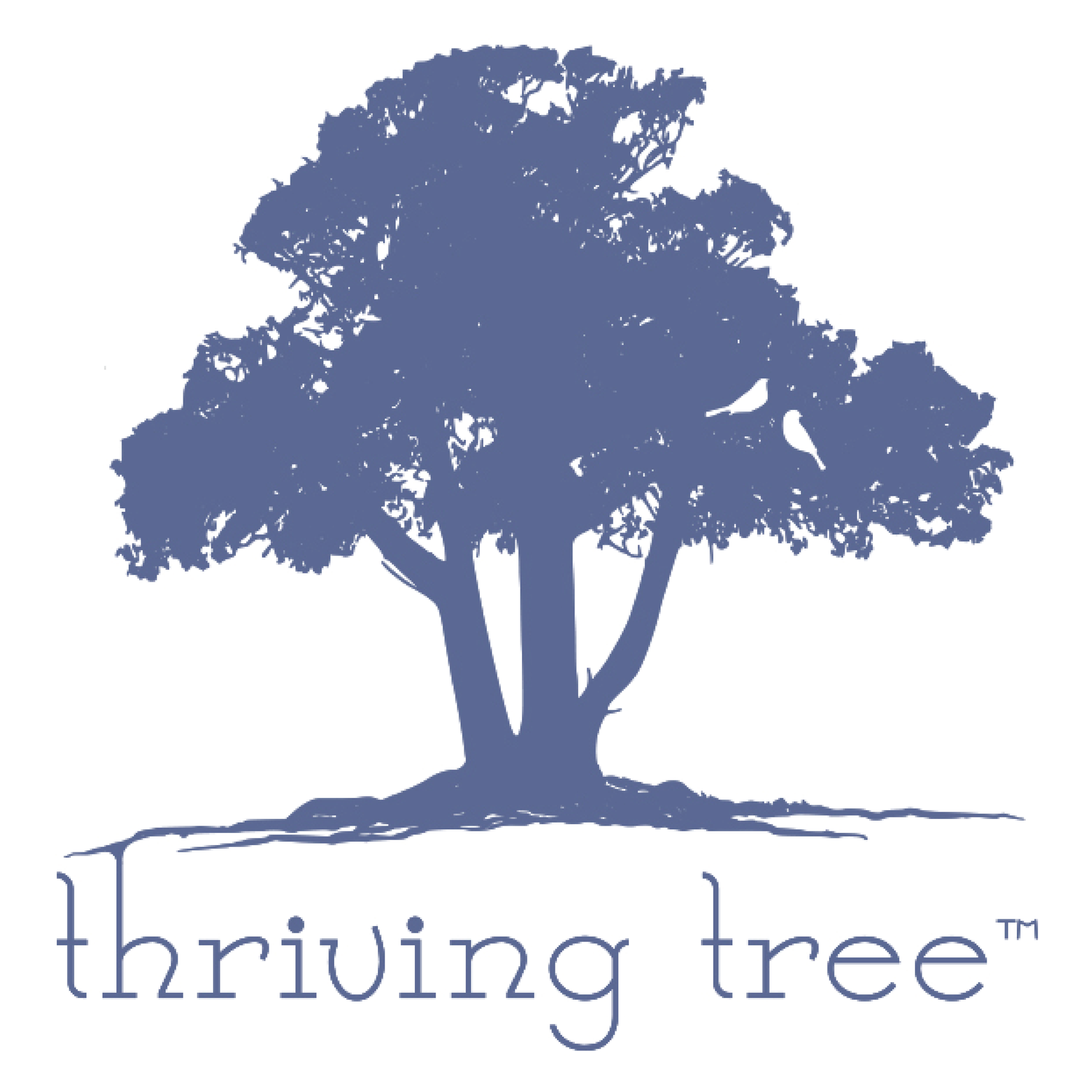are stories only told with words?
My great-grandfather was from County Cork, Ireland, where the Blarney Stone lives. Legend says that if you kiss the stone, you’ll be gifted with a special ability to flatter others. Irish rebel and barrister, John O’Connor Power, says it’s “. . .flattery sweetened by humour and flavoured by wit” (1890).
Yup. Sounds about right.
In my family, blarney is a short and sweet story that makes you laugh so fast you don’t immediately notice the insult tucked between the lines. At the end of a good bit of blarney, someone usually says,
“Hey, I think you just insulted me.”
. . . quickly followed by. . .
“That’s a good one!”
Words have power. Stories, whether blarney or not, have power. They can tear us apart, and they can bring us together.
Stories help us to resonate with each other.
To identify a part of me in you.
They help us to live in harmony.
Across cultures and time, stories have been crafted with a beginning, middle, and end, with archetypal (universal) characters offering intrigue, tension, or incredible achievement.
Stories like this. . . we love to tell them, and we love to hear them.
But are stories only told with words?
Could they be told with actions?
Thespians Peter Duncan Seifarth and Jess Bryant do exactly that. They combine clowning and theater to explore complex, universal themes without words. Their performances dismantle language barriers and bridge cultural divides because they’re told only through action. No words (Lee, 2018).
What about pictures?
The Invention of Hugo Cabret by Brian Selznick is an amazing work of literary and visual art. It proves that stories can be more engaging with pictures. The book’s 500+ pages weave written prose with nearly 300 detailed illustrations, lending an added sense of discovery to the plot.
So, if stories can be words, actions, or pictures, could stories also be told through sensations in your body?
Research tells us YES!
Just because you can’t tell a story with words doesn’t mean there’s no story being told.
Our stories come from our memories. When we use words to recall memories, it’s called explicit or narrative memory and is processed in the frontal lobe and hippocampal areas of your brain.
Implicit memory, however, is stored in your central nervous system. We might recall memories using skills (riding a bike), emotional reactions (anger when you stub your toe), or sensation (a smile when you hear a song) (van der Kolk & Fisler, 1995).
Has this ever happened to you. . .?
You catch a glimpse of a scent or maybe hear a few bars of a song you haven’t heard in years, and an entire memory comes rushing back?
Yeah, it happens to me too. A sensation (a smell, a sound) brings back a story you can tell in words.
But, what if there are no words?
What if you hear a song… you can’t quite remember it… but your eyes well up with tears. Is this a story? Is it any less valid than one you can tell with words?
If a friend, noticing your tears, gives you a supportive hug or asks if you want to talk, is your feeling creating opportunity for connection? If you’re alone, does pausing with your feeling give you time to notice it? Or move through it?
Over time, I’ve come to understand that what I feel in my body is just as valid as what I say. Some of my understanding comes from experience, and some of it, honestly, comes from reading research.
Sensations in our bodies are a valid form of expressing, of telling, our stories. They’re a form of storytelling that doesn’t need a beginning, middle, or end. Sensation offers us another kind of experience.
That’s not one bit blarney.
It’s simply a different way to connect.
Possibly with each other.
And, maybe with ourselves.
. . .
You’re welcome to join me for next week’s post, noticing sensation in your neck, shoulders, and upper back.
. . .
References
‘Irish Wit and Humour’, John O’Connor Power, Time, 1890, p. 178. Retrieved from https://en.wikipedia.org/wiki/Blarney_Stone
Lee, Harper (2018). Fermenting Change: Thespian alums on the social impact of physical theatre. Dramatics, 89(6), 34-39.
van der Kolk, B. A. & Fisler, R. (1995). Dissociation & the fragmentary nature of traumatic memories: Overview & exploratory study. Journal of Traumatic Stress, 8(4), pp. 505-525. https://doi.org/10.1007/BF02102887
